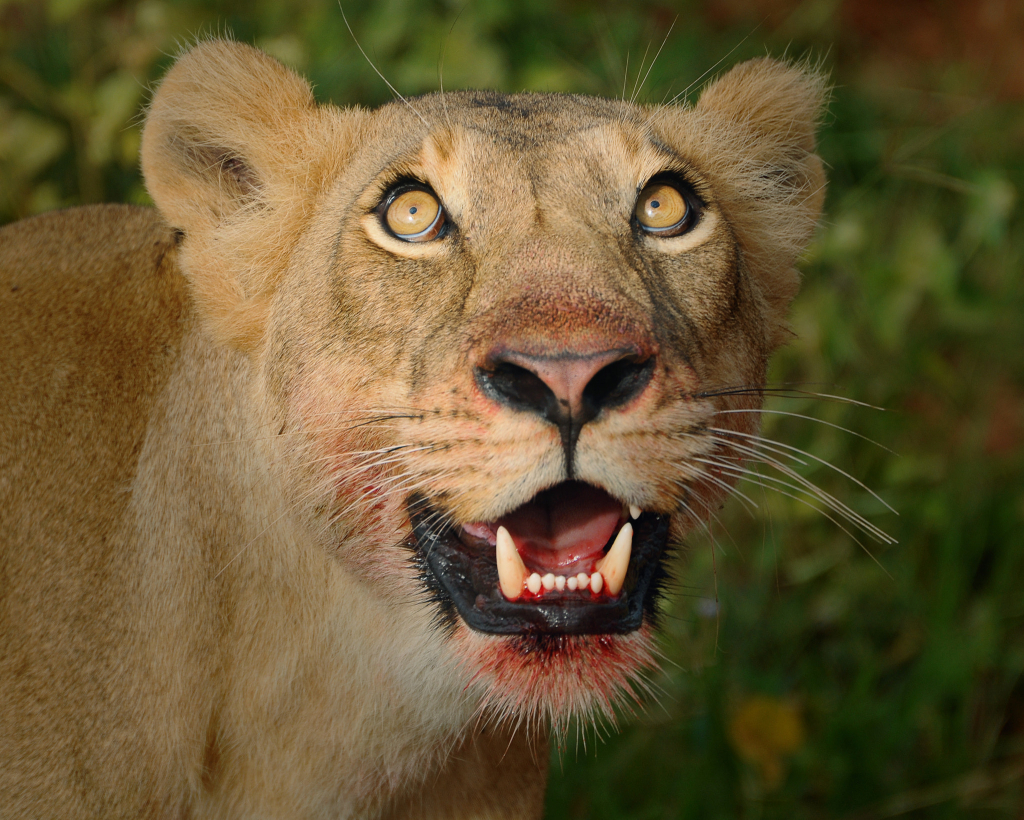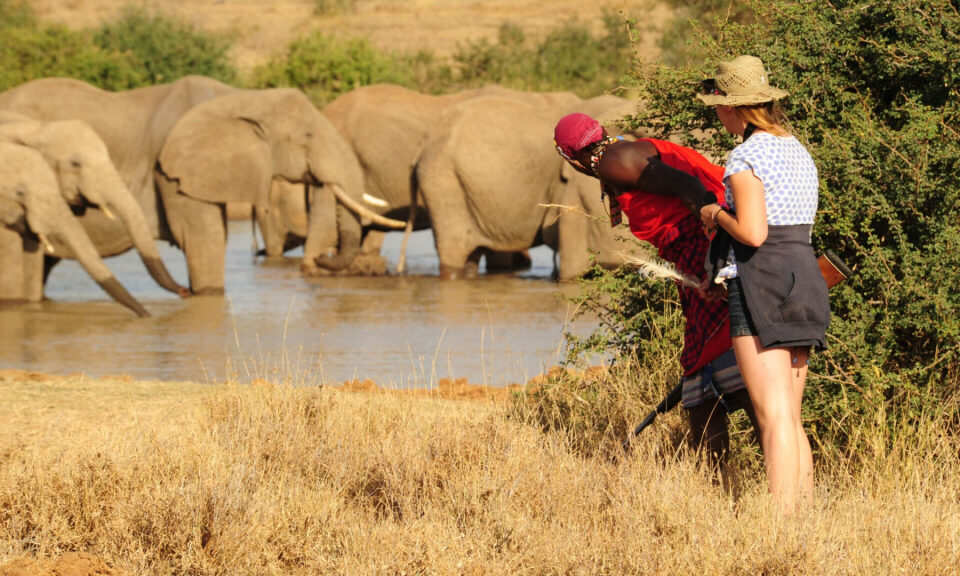- GET IN TOUCH WITH US:
- +256 753518160
- +256 777842166
- info@experiyatourcompany.com

What’s the best time for a safari in Akagera?
November 14, 2025
Can I see elephants in Rwanda?
November 14, 2025Are There Lions in Rwanda?
Rwanda, often celebrated for its mountain gorillas in Volcanoes National Park and the ethereal rainforests of Nyungwe, is also home to one of Africa’s most inspiring conservation success stories— the return and thriving recovery of lions in Akagera National Park. For many years, travelers planning a safari in Rwanda frequently asked, “Are there lions in Rwanda?” The answer today is an enthusiastic yes. Not only are lions present, but they are flourishing, reclaiming their place as apex predators within Rwanda’s only savannah park. Their comeback reflects the power of effective conservation, community involvement, and the country’s commitment to restoring its natural heritage.
The Historical Presence of Lions in Rwanda
Lions once roamed the plains and hills of eastern Rwanda in significant numbers, thriving within Akagera National Park and surrounding savannah regions. Before the 1990s, Akagera was home to a healthy lion population, part of a dynamic ecosystem alongside other wildlife such as elephants, zebras, antelopes, hyenas, and leopards. However, the aftermath of the 1994 genocide and the socio-economic challenges that followed drastically changed the landscape.
As returning populations sought land for settlement and agriculture, parts of the park were heavily encroached upon. Human-wildlife conflict increased, and poaching became rampant. By the early 2000s, lions had tragically disappeared from the park, leading many to believe that Rwanda’s era of wild lions was gone forever. But this was only the beginning of a remarkable turnaround.
The Reintroduction of Lions: A Conservation Triumph
In 2015, Rwanda made headlines across Africa and the world when African Parks, in partnership with the Rwanda Development Board (RDB), successfully reintroduced lions to Akagera National Park. Seven lions—three males and two females from South Africa, and two additional females from Namibia—were carefully relocated and released into the park after a period of acclimatization.
This reintroduction marked the return of lions to Rwanda after nearly two decades of disappearance. It also symbolized the rebirth of Akagera, which had undergone significant restoration efforts including anti-poaching measures, community sensitization, and ecological rehabilitation.
The lion population did not just survive—it thrived. Within months of their release, the first pride gave birth to healthy cubs, signaling a new chapter in Rwanda’s wildlife story. Over the years, through natural reproduction and additional reintroductions, the lion population has grown steadily, establishing Akagera as a Big Five destination once again.
Lions in Akagera National Park Today
Today, lions are one of the park’s star attractions. Their numbers have grown significantly since 2015, and Akagera is now recognized as a stronghold for lion conservation in East Africa. Visitors on game drives have a good chance of encountering these magnificent animals, especially in the northern plains where prey density is highest.
Lions in Akagera exhibit classic savannah behavior—resting under acacia trees during the heat of the day, patrolling territories in early mornings and late afternoons, and hunting during cooler hours. The park’s diverse landscape—ranging from open grasslands to wooded hills and lakeshores—provides a rich habitat for both predators and prey.
The growing lion population contributes to the ecological balance of the park, helping maintain healthy populations of herbivores and ensuring the savannah ecosystem remains dynamic and sustainable. Their presence enhances the excitement of safari drives and symbolizes Rwanda’s commitment to restoring its natural heritage.
What Visitors Can Expect When Searching for Lions
Safari travelers to Akagera National Park often find lion sightings among the highlights of their visit. While lions can roam in different areas, the northern sector of the park is especially known for offering excellent viewing opportunities. This region is home to large herds of buffalo, zebras, and antelopes—ideal prey for lions. As a result, game drives through the Mutumba and Kilala plains often reward travelers with sightings of prides resting, hunting, or interacting socially.
Experienced guides are skilled at tracking lions using their knowledge of movement patterns, fresh footprints, and vocalizations. Lions are particularly active in the early hours just after sunrise or in the late afternoon when temperatures begin to cool. Night game drives occasionally reveal lions on the move, taking advantage of the cover of darkness to patrol territories or hunt.
The thrill of seeing a lion in the wild—its golden eyes reflecting the sun, its powerful stride, or the resonant sound of its roar—creates unforgettable memories. Akagera’s uncrowded environment enhances this experience, allowing visitors to enjoy sightings without the congestion often seen in more commercial safari parks.
The Role of Lions in Akagera’s Ecosystem
Lions play an essential role as apex predators within Akagera’s ecosystem. Their presence ensures the natural regulation of herbivore populations, contributing to ecological balance and preventing overgrazing. By controlling the population of species such as impalas, buffaloes, and zebras, lions maintain the health of the savannah and indirectly support the survival of other species.
Predation patterns also help shape the behavior and distribution of prey animals, influencing how herbivores use the landscape. This dynamic interplay between predator and prey enriches the biodiversity of Akagera and creates a thriving natural system.
The success of lions in the park has energized conservation programs and encouraged broader wildlife protection efforts. With lions as ambassadors of Akagera’s revival, the park’s management continues to implement strong anti-poaching patrols, community engagement initiatives, and educational programs for surrounding communities.
Why Rwanda’s Lion Conservation Story Matters
The reintroduction and recovery of lions in Rwanda is not merely a wildlife milestone—it is a powerful testament to what determined conservation can achieve. In a world where lion populations are declining across much of Africa due to habitat loss, poaching, and human-wildlife conflict, Rwanda stands out as a shining example of restoration.
This success inspires optimism across the region and encourages long-term conservation partnerships. It shows that with proper management, scientific planning, and community support, even the most threatened species can return to flourish in their natural homes.
The lion comeback has also elevated Rwanda’s profile as a compelling safari destination. While gorilla trekking remains its most famous attraction, the presence of lions, along with elephants, rhinos, buffaloes, and leopards, positions Akagera as a complete Big Five safari destination—one that rivals some of East Africa’s best-known parks.
When to Visit Akagera to See Lions
Travelers hoping to see lions in Rwanda should plan their visit during the dry seasons, which typically run from June to September and December to February. During these months, animals gather around water sources, vegetation thins out, and wildlife becomes easier to spot. Early morning and late afternoon game drives provide the highest chances of encountering lions, as this is when they are most active.
However, lions can be seen year-round in Akagera. Even during the green season (March–May and October–November), lions continue their natural routines. The lush landscapes during these months offer stunning photographic opportunities, and the presence of fewer visitors on safari drives helps create a more intimate wildlife experience.
What Seeing Lions in Rwanda Represents for Travelers
Seeing lions in Rwanda represents more than a wildlife encounter—it symbolizes hope, resilience, and the beauty of nature’s ability to recover. For travelers, it is a reminder that conservation can truly transform landscapes and communities.
Whether you come to Rwanda for gorilla trekking, cultural exploration, or a multi-day safari adventure, witnessing lions in their natural habitat adds depth and wonder to your journey. The sight of a lion pride resting under the shade of a fig tree or hearing a male lion roar across the plains will stay with you long after your safari ends.




